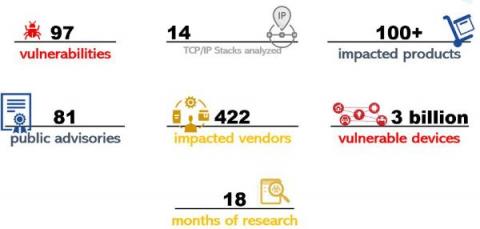Forescout Research Labs concludes Project Memoria - Lessons Learned after 18 months of vulnerability research
Project Memoria is the largest study on the security of TCP/IP stacks. The idea for this project emerged in May 2020 while collaborating with JSOF on Ripple20. Our researchers understood that the problem with TCP/IP stacks was much deeper and more widespread than initial research had suggested. We hypothesized that similar issues to those identified in Ripple20 could be present in other stacks as well.











